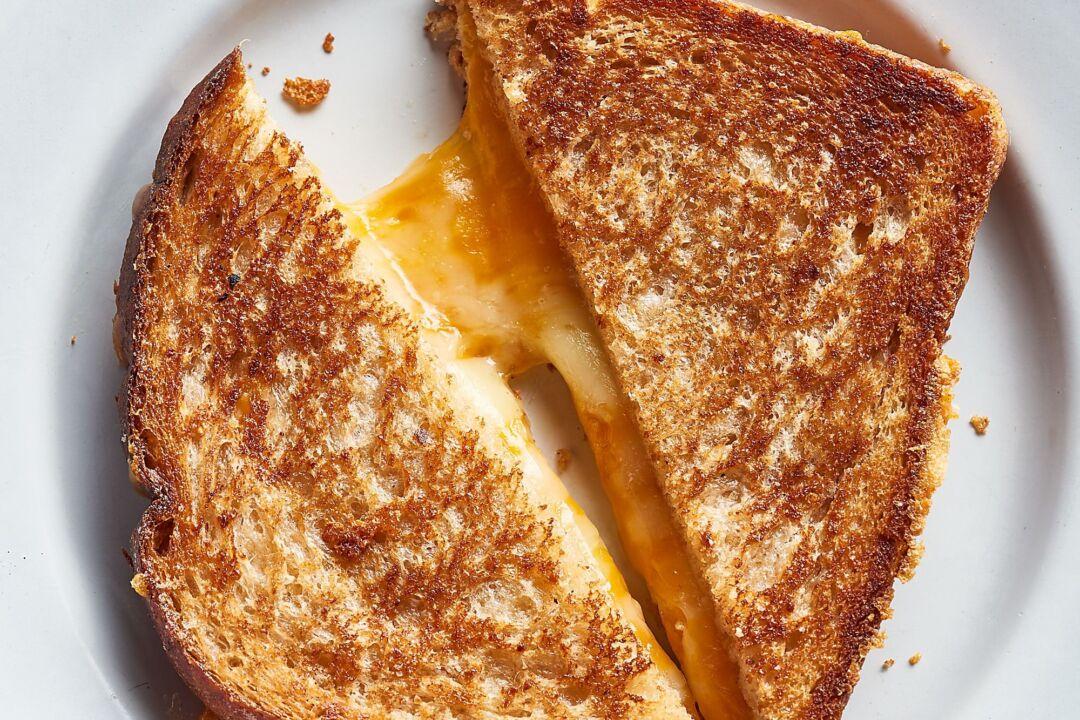Technically, there is no wrong way to freeze blueberries. This is especially true if your goal is simply to keep the blueberries from going bad. Some people recommend just throwing a pint container into the freezer and leaving it at that, and while that is certainly the fastest way to freeze blueberries, it is not the best way.
If you really want to preserve your blueberries in the freezer and have individually frozen berries to toss into a bowl of blueberry-pie-inspired overnight oats or use some to make easy lemon blueberry muffins, there is a better way. This method for preserving berries in the freezer is easy and takes advantage of the blueberries’ natural coating.
How to Freeze Blueberries
To store blueberries in the freezer, freeze the berries in a single layer on a rimmed baking sheet so that they can freeze quickly and evenly. Store the frozen berries in a large zip-top freezer bag, this way you can stack several bags together and easily open the bag to remove just the right amount when needed. Remember to label and date the bag before storing. Alternatively, you can move them to a freezer-safe container with a lid for longer storage. Frozen blueberries are best within six months, but can be stored for up to 10.Do I Need to Rinse Blueberries Before Freezing Them?
Nope! Once you bring your blueberries home from the grocery store or farmers market avoid rinsing them right away. Instead, rinse your berries only when you plan on actually using them. Rinsing blueberries before trying to freeze them can cause the berries to stick together in the freezer.What Is That Waxy Coating on Blueberries?
Additionally, rinsing blueberries can make them more vulnerable to pests and bacteria. Blueberries have a natural protective coating known as “bloom.” You’ve probably noticed this waxy, somewhat cloudy coating on your own berries. Blueberries produce the bloom to protect against pests and bacteria, but it is also naturally nonstick.How to Thaw (And Use) Frozen Blueberries
To thaw frozen blueberries, cover the berries with room-temperature water and thaw for about five minutes per cup. Then drain, thoroughly dry, and use them for recipes like blueberry pie, blueberry crumb bars, or a tasty blueberry cheesecake breakfast bake. Blueberries for smoothies or your morning yogurt don’t have to be fully thawed — just give them a quick rinse and toss them right in.




